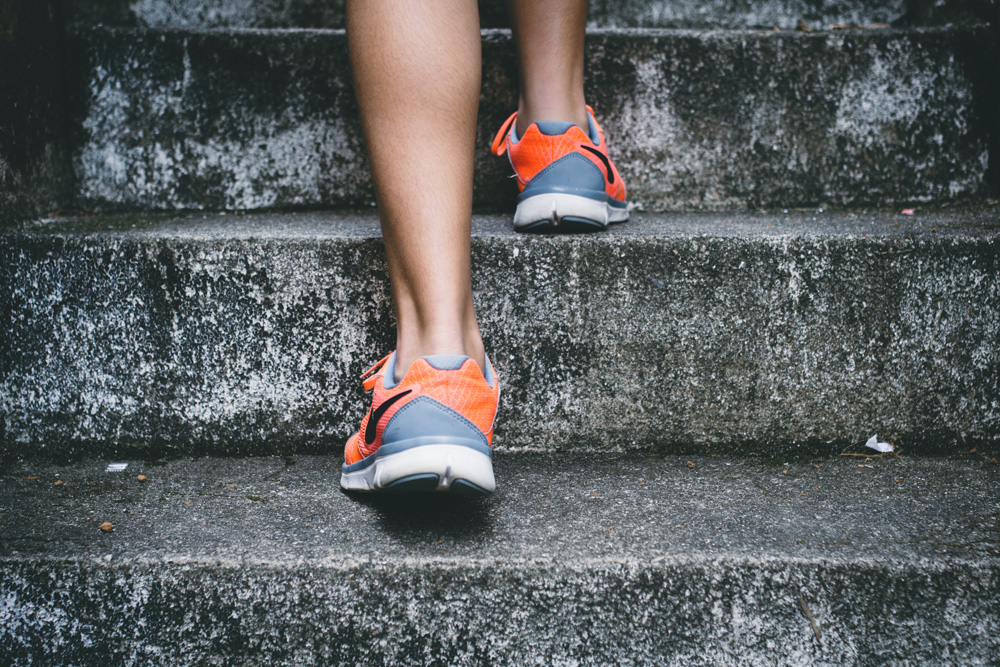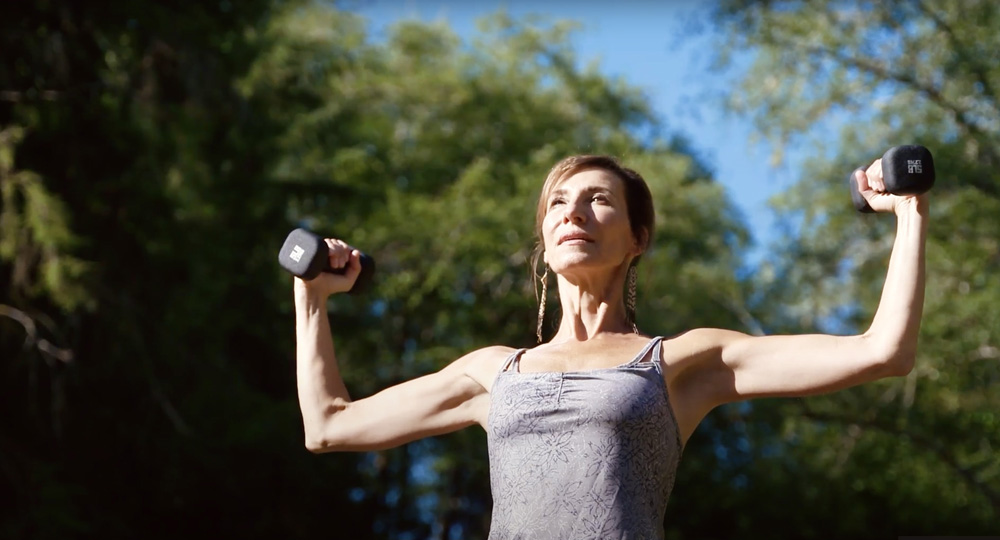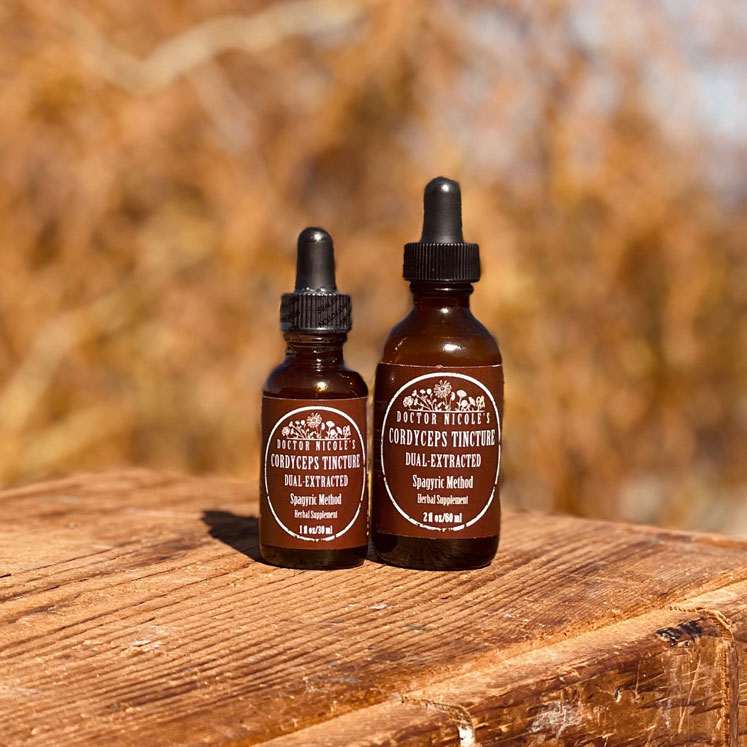Reaping Big Rewards in Little Time
If time is tight and you cannot fit an hour-long workout into your schedule, high-intensity interval training (HIIT) is for you! In as little as twenty minutes, you will reap all the benefits of a traditional workout without a lengthy time commitment. What’s more, HIIT programs encourage more fat loss and muscle gain than regular steady-state cardio exercise where the amount of effort stays the same throughout the workout — even though HIIT is shorter in duration. There are two types of high-intensity interval training: standard HIIT and Tabata.
Tabata was developed in the 1990s by Japanese exercise expert Dr. Izumi Tabata to help build muscle strength and cardio capacity for Japan’s Olympic speed skating team. Tabata training is considered a more intense form of HIIT. It is more regimented with rigid time-frames for bursts of activity and rest times, while standard high-intensity interval training offers increased flexibility for the workout. Both are excellent for health, it just depends on which is a better fit for you.
The Benefits of Tabata Training
One perk of Tabata training is that you don’t use any equipment. Instead, you build your routine around basic bodyweight exercises, instead of weightlifting plates. Although some trainers have integrated gym equipment such as kettlebells, dumbbells, medicine balls, jump ropes or resistance bands into Tabata training. Generally, treadmills and weightlifting machines are not used as it takes too long to shift the speed/weightlifting plates. For those who like an intense workout without the gym or equipment, Tabata is an excellent option! I really like that it’s the perfect portable training for when I am traveling away from home. The benefits include boosting metabolism, increasing aerobic and anaerobic fitness, and raising the heart rate. Some examples of Tabata exercises include:
- Push-ups
- Skate lunges
- Burpees
- Running in place with high knee lifts
- Squat jumps
- Crunches
- Jumping jacks
The idea is to select four of the exercises above and complete a total of 4-minutes of work-relax cycles for a set. Take push ups. You do 20 seconds of intense activity, followed by 10 seconds of rest. Then you immediately start in on the next exercise with the same ratio of activity and rest. Once you have completed a 4-minute set, you rest for one minute before beginning a new set until you have completed four complete sets for a total of 20 minutes for the full training circuit. Sound easy? Give it a try! I think you will be surprised at how challenging (and rewarding) this style of exercise can be.

Traditional HIIT Programs
While Tabata has set periods of activity and rest, HIIT has more flexibility and can be adapted easily to your personal fitness level. When embarking an interval training program, HIIT is best to start with and then you can advance to Tabata once you have established a high-level of cardio fitness. Like Tabata, HIIT generally relies on bodyweight for the training with exercises such as jumping jacks, high knees, pushups, squat thrusts, burpees, and Russian twists, although the use of a stationary bike is common. The benefits of standard HIIT include:
- Lower resting blood pressure
- Improved weight loss and insulin sensitivity
- Reduced abdominal and body fat
- Increased strength
- Better endurance and stamina
- High post-workout calorie burning
Moreover, HIIT balances hormones (ghrelin, leptin, testosterone) for maximum weight loss and the building of muscle, instead of breaking it down like what happens with steady-state workouts.1 Ghrelin is a hormone that stimulates appetite and makes us crave salty, sweet and fried foods. And the hormone leptin is responsible for giving you a feeling of fullness after eating. If these hormones are imbalanced, it can lead to weight gain. HIIT also activates telomerase, a powerful anti-aging enzyme, while reducing p53 expression, a protein which is linked to premature aging.2
With standard HIIT workouts, you can vary the length of the activity bursts and resting periods to suit your needs. You can begin with 10 seconds of high-intensity exercise with one minute of rest, then repeat the cycle until you have completed the full training. Most find that starting with 15-20 minutes for a full HIIT program works well, then increasing the time to 25-30 minutes. It’s important to space your workouts out with 2-3 per week so that your muscles have time to recover and rebuild — 48 hours between workouts is best to reap the full benefits.
If weight loss is your goal, participating in a HIIT exercise program first thing in the morning on an empty stomach will enhance glucose tolerance and insulin sensitivity.6

Taking Your Fitness to the Next Level with Cordyceps Mushroom
One of my top botanicals for improving energy and athletic performance, cordyceps is a true miracle mushroom. Studies have shown that it increases the production of adenosine triphosphate (ATP), which is crucial for transporting energy into the muscles.3 This compound is also important for protecting the heart.4 Additionally, cordyceps improves oxygen use in the body and combats fatigue, particularly while exercising, helping you to train longer and more efficiently.3 Moreover, it is a mighty anti-inflammatory, thereby helping to promote a faster recovery.5
Interested in learning more about how cordyceps can improve your fitness and endurance? Visit the apothecary today!
Nicole Apelian
Nicole’s Apothecary Products in this Post
A Note About Safety
Interestingly, the Mayo Clinic found that people over the age of 65 experienced more fitness and muscle growth improvements compared to those under 30 who performed the same HIIT exercises. However, before starting any new exercise program, it is important to consult with your healthcare provider — especially if you are middle aged and above or sedentary. Always start slow and listen to your body to avoid injury. I highly recommend working with a certified trainer.
References
-
Kraemer, R. R., Durand, R. J., Acevedo, E. O., Johnson, L. G., Synovitz, L. B., Kraemer, G. R., Gimpel, T., & Castracane, V. D. (2003). Effects of high-intensity exercise on leptin and testosterone concentrations in well-trained males. Endocrine, 21(3), 261–265. https://doi.org/10.1385/ENDO:21:3:261
-
Christian M Werner, Anne Hecksteden, Arne Morsch, Joachim Zundler, Melissa Wegmann, Jürgen Kratzsch, Joachim Thiery, Mathias Hohl, Jörg Thomas Bittenbring, Frank Neumann, Michael Böhm, Tim Meyer, Ulrich Laufs, Differential effects of endurance, interval, and resistance training on telomerase activity and telomere length in a randomized, controlled study, European Heart Journal, Volume 40, Issue 1, 01 January 2019, Pages 34–46, https://doi.org/10.1093/eurheartj/ehy585
-
Xu Y. F. (2016). Effect of Polysaccharide from Cordyceps militaris (Ascomycetes) on Physical Fatigue Induced by Forced Swimming. International journal of medicinal mushrooms, 18(12), 1083–1092. https://doi.org/10.1615/IntJMedMushrooms.v18.i12.30
-
Yan, X. F., Zhang, Z. M., Yao, H. Y., Guan, Y., Zhu, J. P., Zhang, L. H., Jia, Y. L., & Wang, R. W. (2013). Cardiovascular protection and antioxidant activity of the extracts from the mycelia of Cordyceps sinensis act partially via adenosine receptors. Phytotherapy research : PTR, 27(11), 1597–1604. https://doi.org/10.1002/ptr.4899
-
Tan, L., Song, X., Ren, Y., Wang, M., Guo, C., Guo, D., Gu, Y., Li, Y., Cao, Z., & Deng, Y. (2020). Anti-inflammatory effects of cordycepin: A review. Phytotherapy research : PTR, 10.1002/ptr.6890. Advance online publication. https://doi.org/10.1002/ptr.6890
-
Van Proeyen, K., Szlufcik, K., Nielens, H., Pelgrim, K., Deldicque, L., Hesselink, M., Van Veldhoven, P. P., & Hespel, P. (2010). Training in the fasted state improves glucose tolerance during fat-rich diet. The Journal of physiology, 588(Pt 21), 4289–4302. https://doi.org/10.1113/jphysiol.2010.196493





